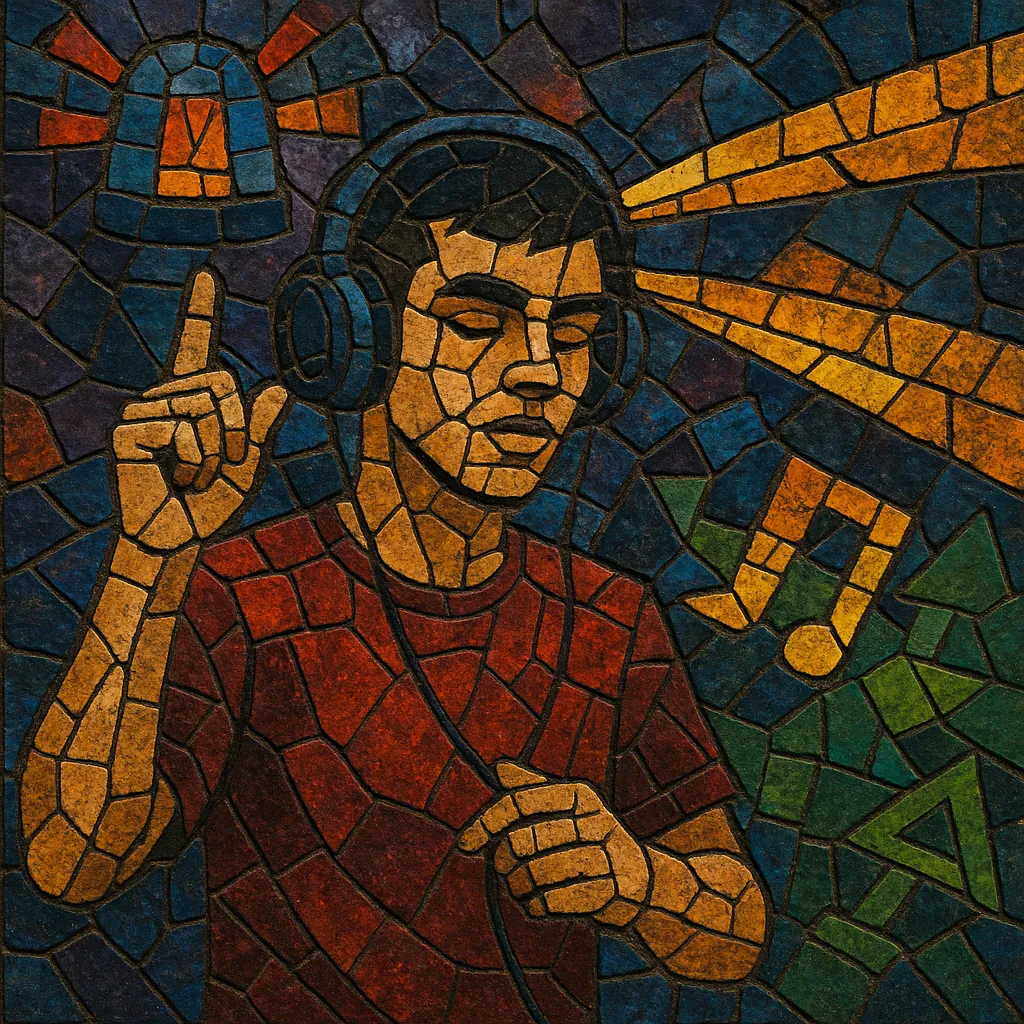Turreo is a contemporary Argentine urban dance style that fuses reggaeton/dembow rhythms with the street-oriented energy of local RKT and the timbres of cumbia villera.
Typically set around 90–105 BPM, it features punchy dembow drums, aggressive tom fills, sirens, and bright saw/pluck leads riding simple, catchy minor-key chord loops. Vocals lean on Argentine lunfardo slang and barrio storytelling—alternating between party, flirtation, and rough-edged romance—delivered with a direct, chantable flow designed for the dance floor.
Aesthetically, turreo is raw, loud, and hook-driven. Its sound coalesced in Buenos Aires’ conurbano through DJs and MCs who shaped the vibe via YouTube, TikTok, club edits, and collaborative “sessions,” making it a defining strand of Argentina’s 2020s urbano wave.
Turreo emerged in the Buenos Aires metropolitan area as a local twist on reggaeton/dembow, absorbing the street sensibility of RKT and the gritty textures and melodic instincts of cumbia villera. Neighborhood DJs began crafting edits with hard dembow grooves, sirens, tom runs, and simple synth hooks, giving dancers a faster, punchier feel than classic perreo while keeping the melodies accessible and anthemic.
As Argentina’s urbano scene exploded, turreo’s sound was codified through viral “sessions,” club edits, and cross-artist collaborations. DJ-led series (e.g., Turreo Sessions) amplified a shared toolkit—95–100 BPM dembow patterns, booming subs, saw leads, and shoutable hooks—while social platforms pushed these tracks well beyond local neighborhoods. The style became a fixture at parties and in car systems, cementing its association with high-energy, street-forward dance culture.
Turreo has continued to evolve through collaborations with trap/Latin pop artists, while retaining its distinctive percussion and synth signatures. Producers have experimented with hybrid arrangements (e.g., adding housey builds or pop choruses) without losing the core dembow-drive and barrio flavor. The result is a flexible, exportable form of Argentine reggaeton that remains rooted in local slang, attitude, and movement.


